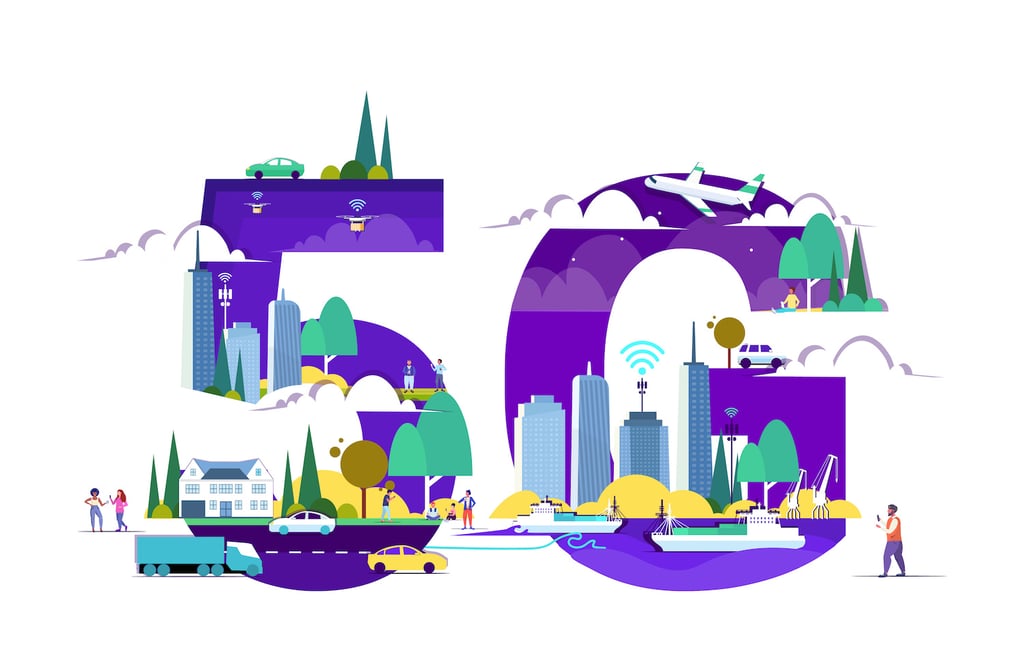
Fifteen Wi-Fi Predictions for 2015

One thought when Google announced its fiber infrastructure projects several years ago was that it was not a serious effort. After all, Google is not a cable operator or telco. What did it know about the deep technical business and local political issues associated with building such systems? Wasn’t it likely that the company was trying to goad the cable and phone companies to increase their speeds and coverage so it could monetize its various business and consumer offerings?
It turns out that Google was serious. The latest proof of the company’s intentions was the announcement that it is bringing Google Fiber to 18 cities in the Atlanta, Ga.; Charlotte, NC; Nashville, Tenn. and Raleigh-Durham, NC metros. The blog post, by Dennis Kish, vice president of Google Fiber, says that five other metros, including Phoenix, Portland, Ore.; Salt Lake City, San Antonio and San Jose, Calif., are still under consideration. An earlier post on those prospective projects suggests that Google is a bit behind schedule in its decision making process.
There are a few things to note. The first is that it is no slam dunk that each of the 18 cities will get Google Fiber. This is what Kish wrote in the post:
Bringing Google Fiber to these cities is a long-term investment. We’ve been working closely with city leaders over the past year on a joint planning process to get their communities ready for Google Fiber—and now the really hard work begins. Our next step is to work with cities to create a detailed map of where we can put our thousands of miles of fiber, using existing infrastructure such as utility poles and underground conduit, and making sure to avoid things like gas and water lines. Then a team of surveyors and engineers will hit the streets to fill in missing details. Once we’re done designing the network (which we expect to wrap up in a few months), we’ll start construction.
A lot of planning remains to be done. Keep in mind that Google backed out of plans to bring service to Leawood, Kansas, last year. The reported problem was the inability to come to an agreement with local officials about placement of new infrastructure above or below ground. This is precisely the type of issue that could crop up during the phase Kish describes. The bottom line is that the announcement is no guarantee of actual service.
It is also fair to ask where Google Fiber is today. The caveat is that building a modern telecommunications network is a complex undertaking. Indeed, that’s putting it mildly. Even an aggressive rollout takes a long time to complete. Karl Bode at TechDirt suggests that progress is not overwhelming:
And while promising, these deployments are slow going and highly selective; Google Fiber is five years old and only has an estimated few thousand actual customers in Provo, Austin and Kansas City.

Slow and selective deployments notwithstanding, the progress that has been made shows that the initial skepticism was unwarranted and Google is a serious telecommunications player. That means it will have all the problems inherent to a company creating, launching and operating huge telecom networks.
Google also may be entering the wireless game. The Seattle Times cites reports that Google plans to offer its own wireless service this year. The story does say that the plan is not to emulate Google Fiber and build its own towers. Instead, it will resell Sprint and T-Mobile services with Google branding. The Wall Street Journal says that the plan is to offer customers the best signal available between Wi-Fi hotspots and the two carriers. The project would be nationwide and could launch during the first half of the year.
Carl Weinschenk covers telecom for IT Business Edge. He writes about wireless technology, disaster recovery/business continuity, cellular services, the Internet of Things, machine-to-machine communications and other emerging technologies and platforms. He also covers net neutrality and related regulatory issues. Weinschenk has written about the phone companies, cable operators and related companies for decades and is senior editor of Broadband Technology Report. He can be reached at cweinsch@optonline.net and via twitter at @DailyMusicBrk.












